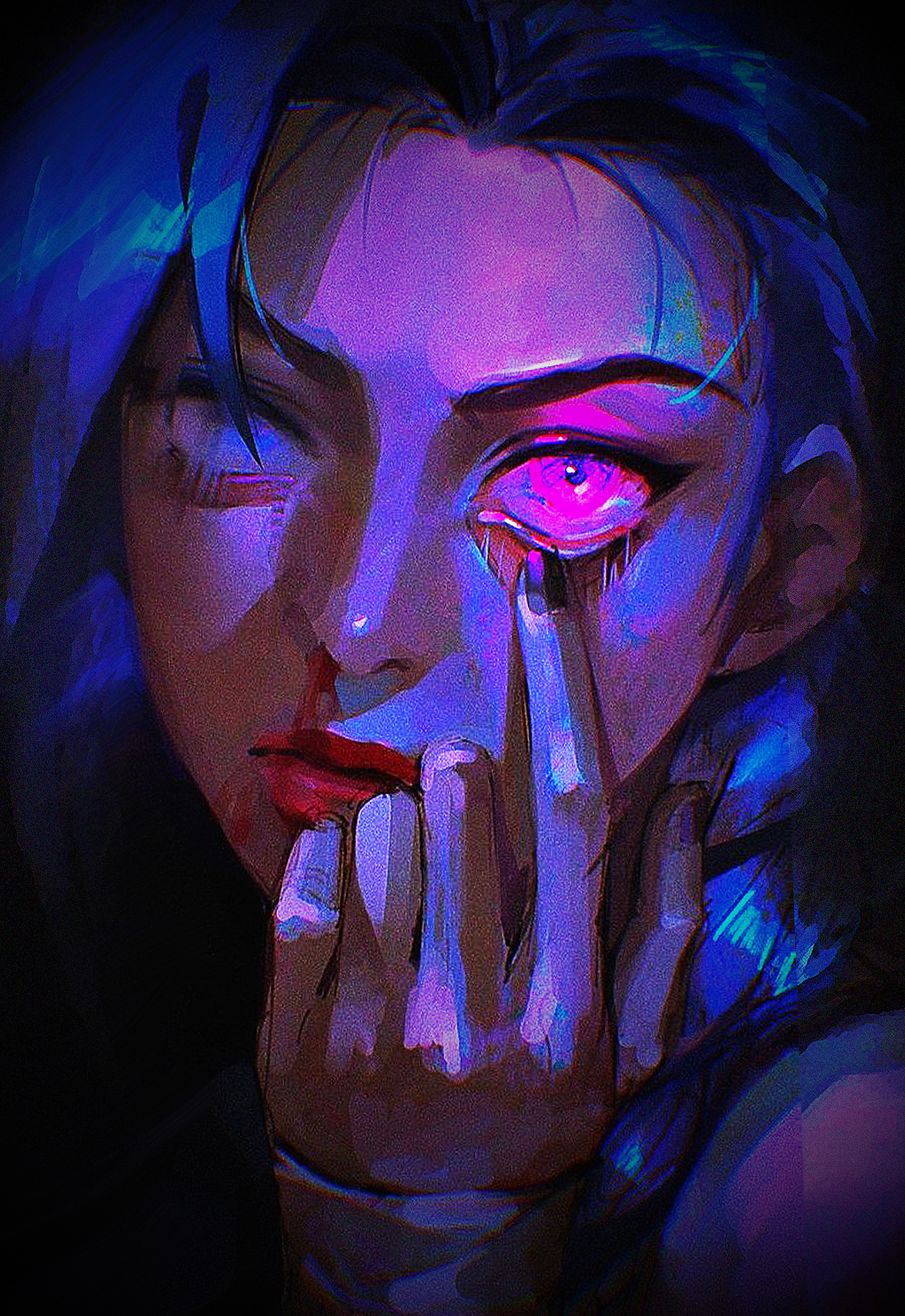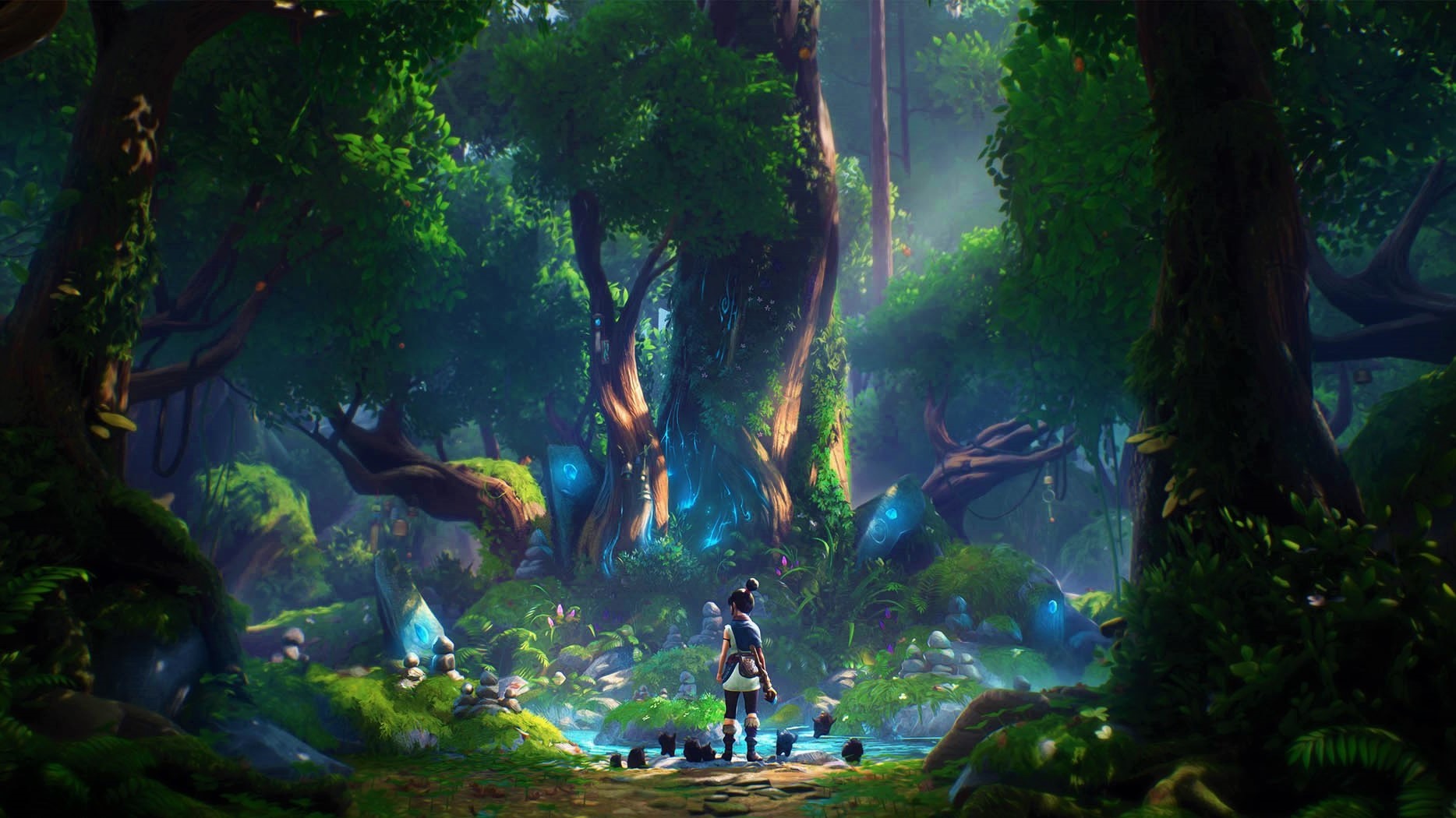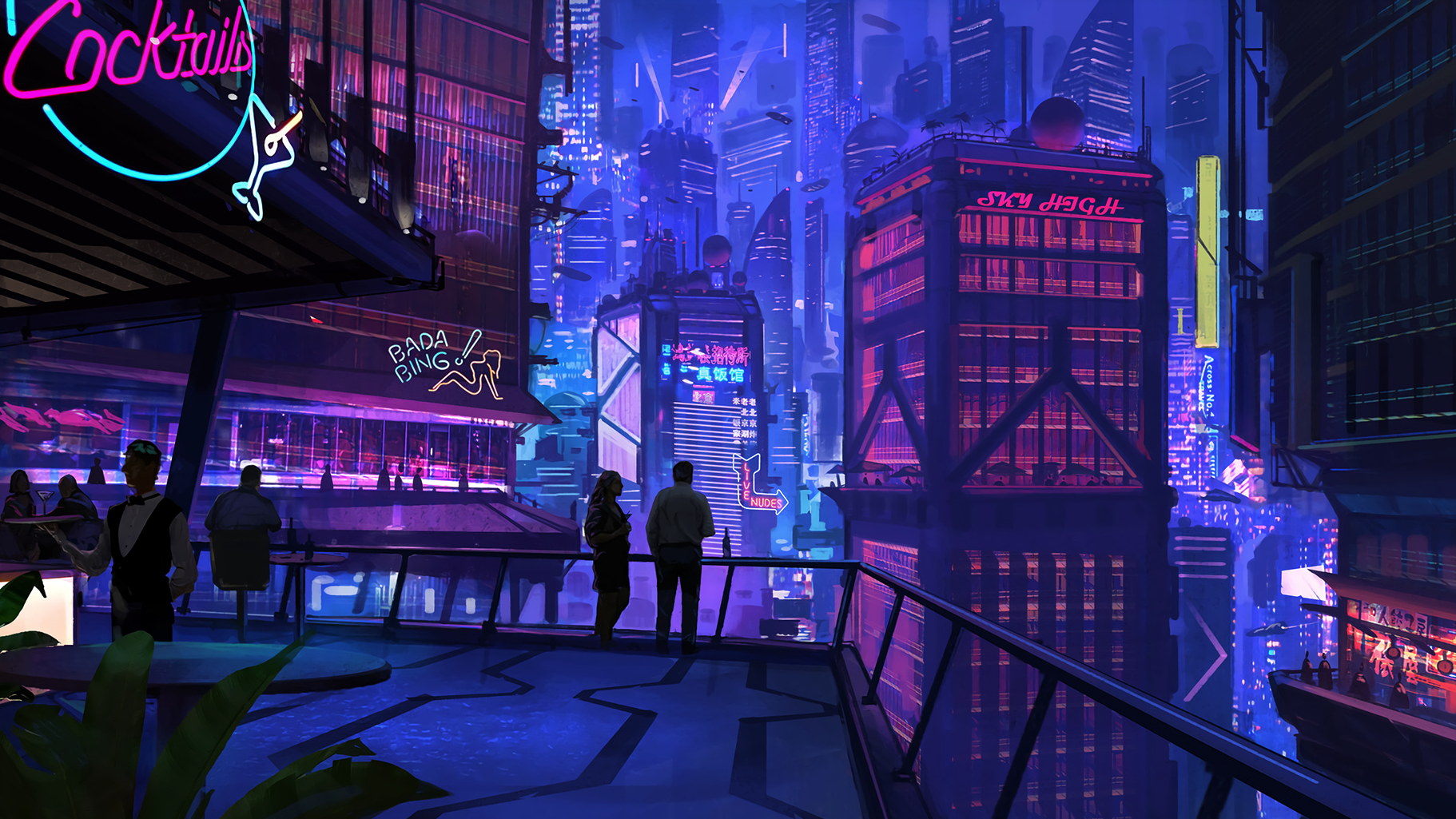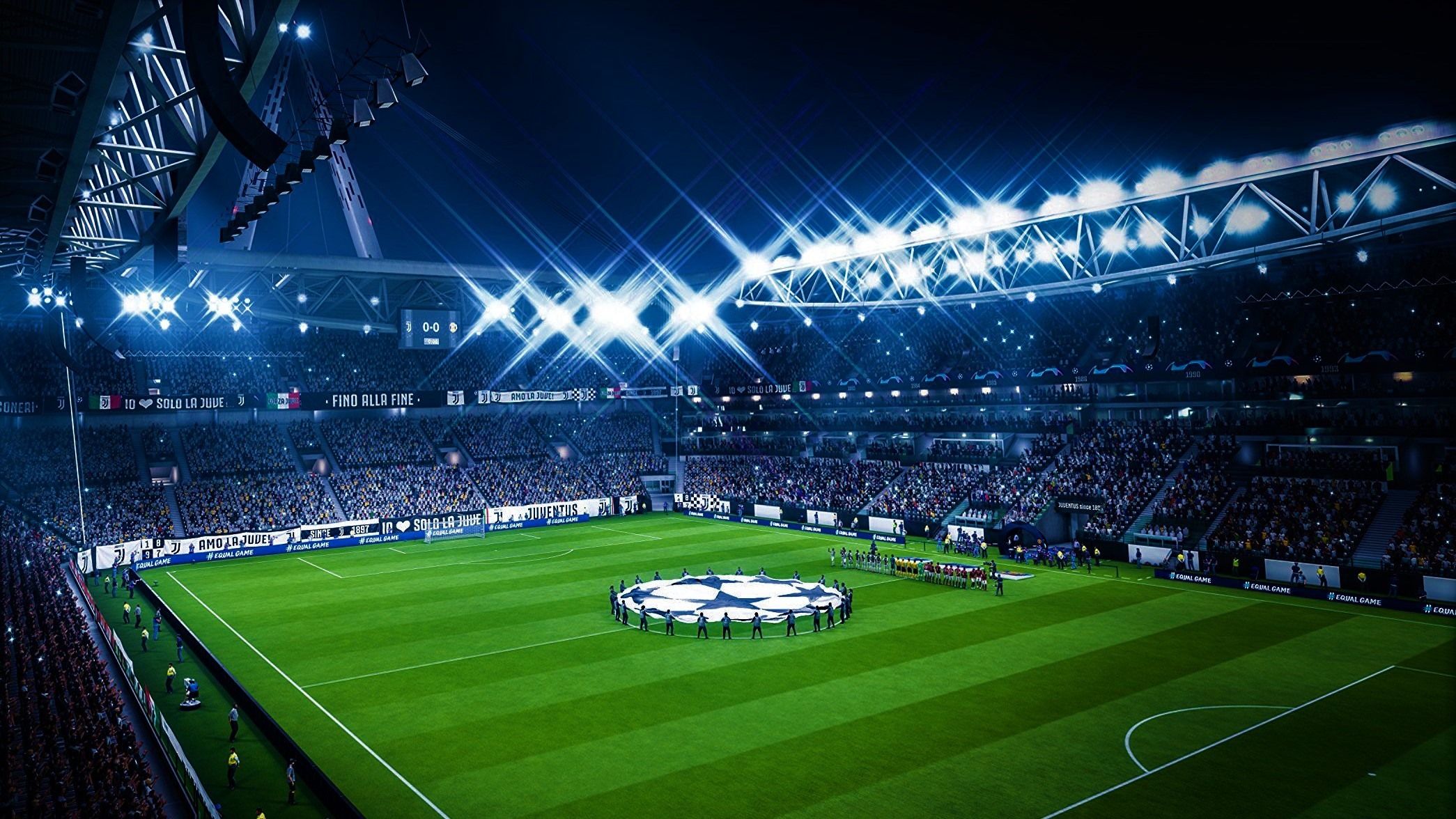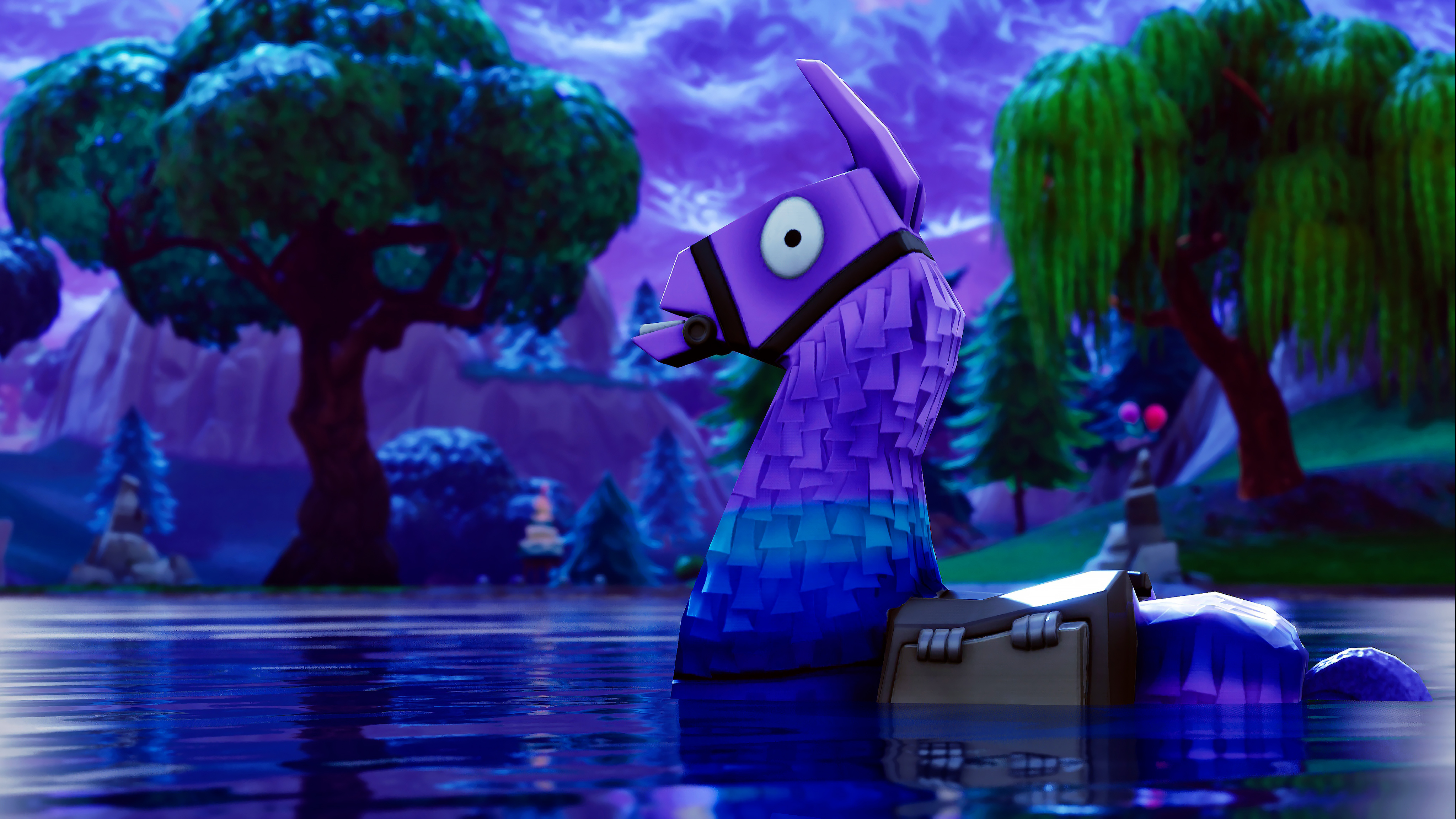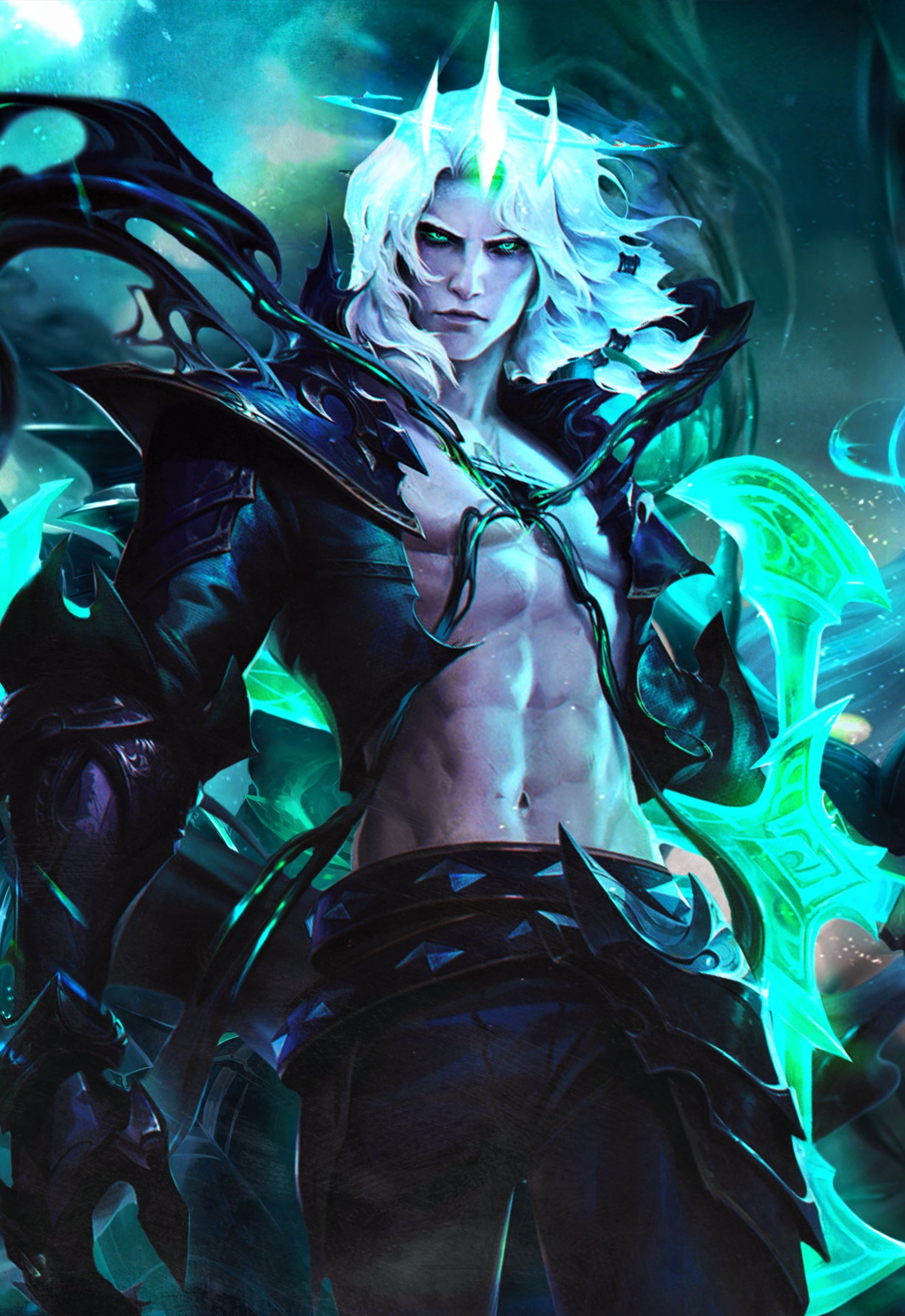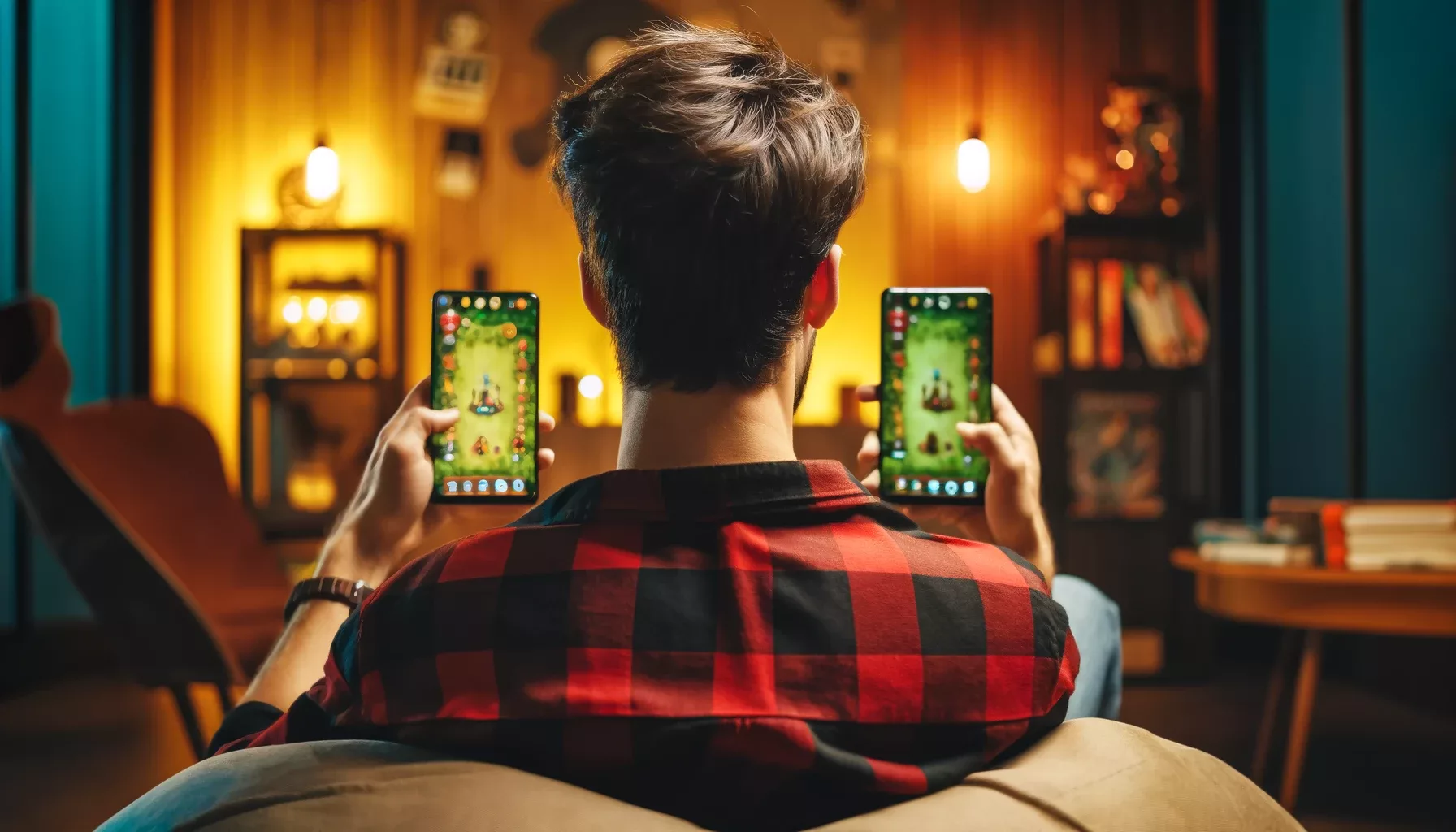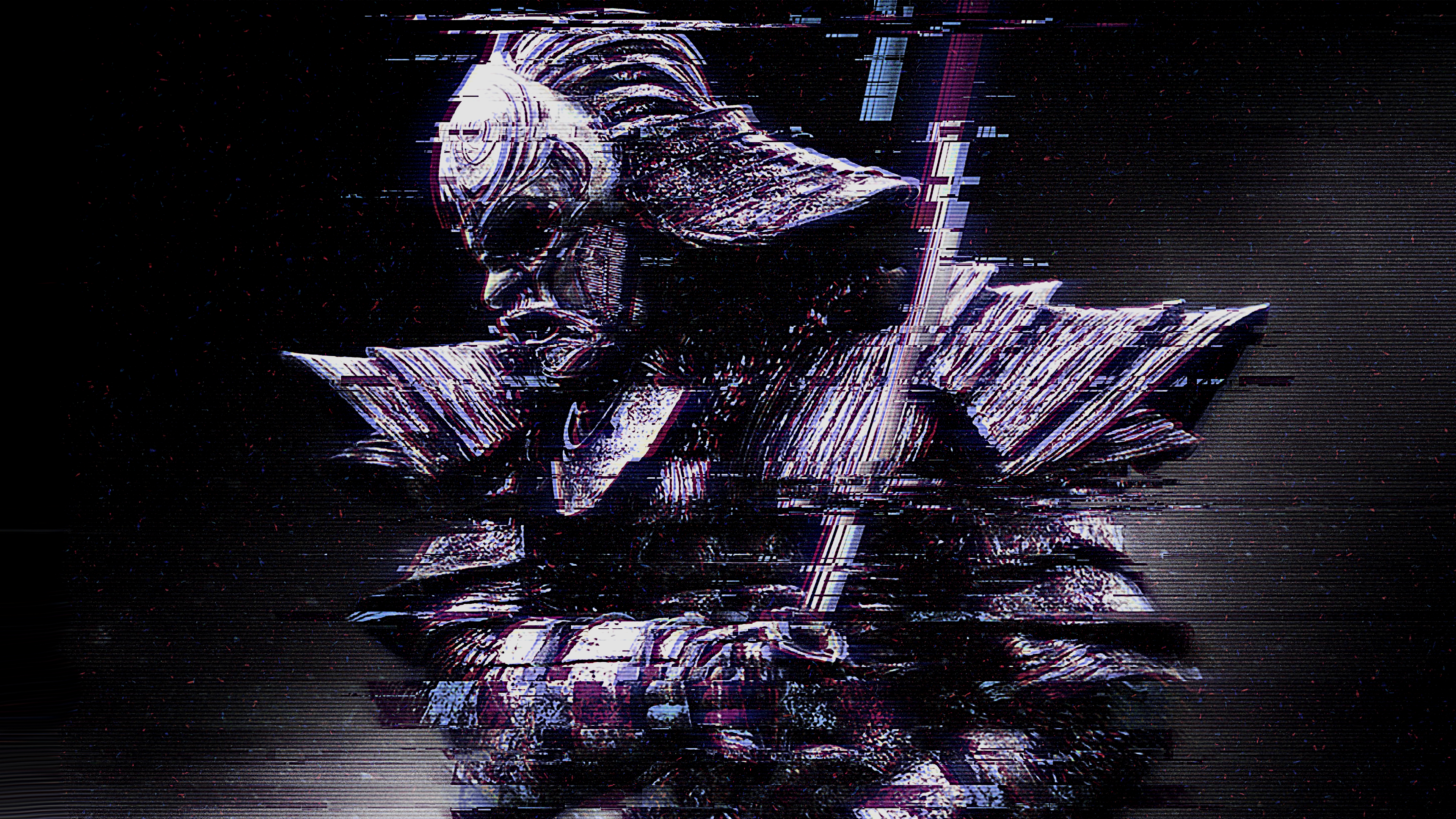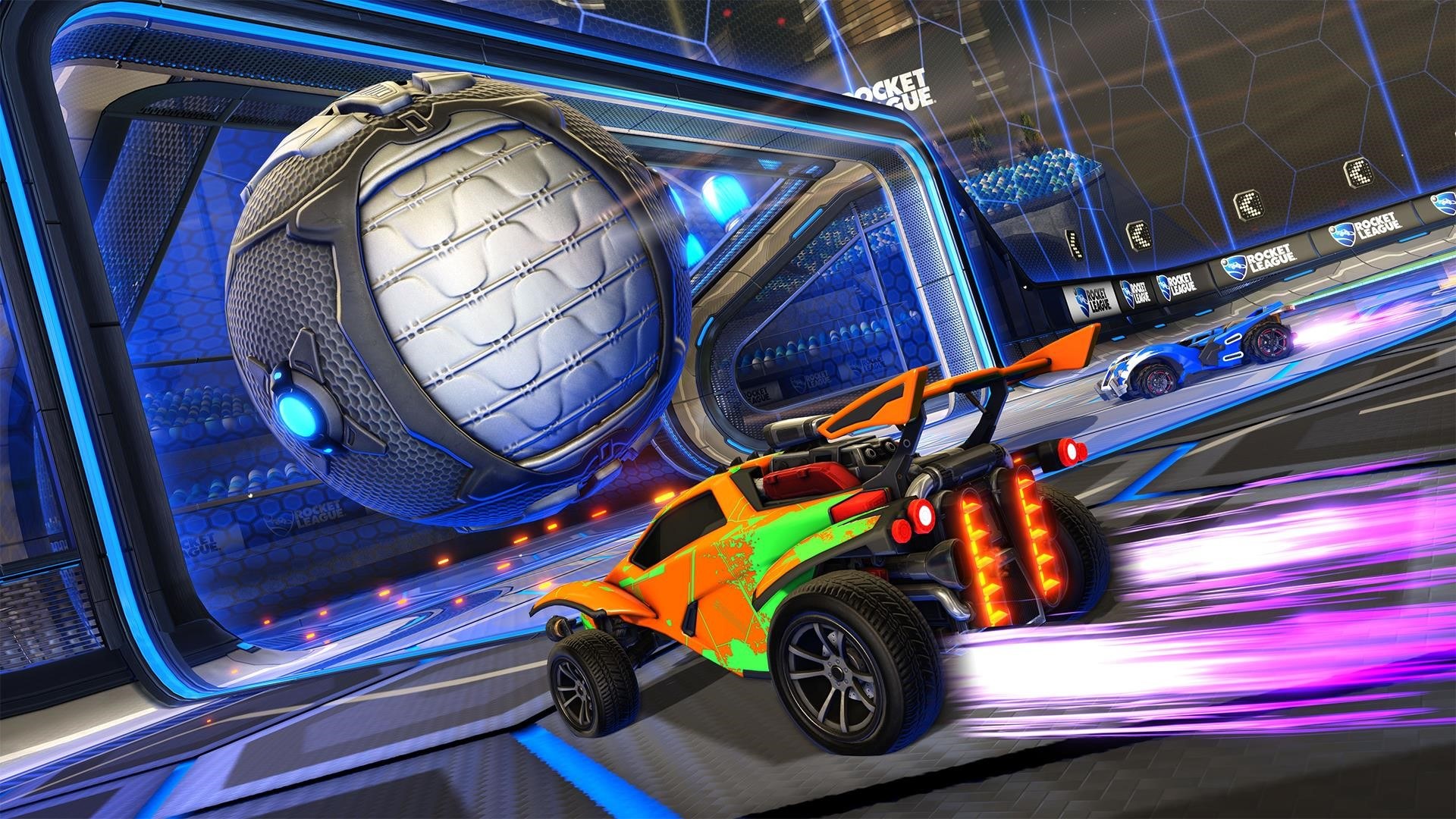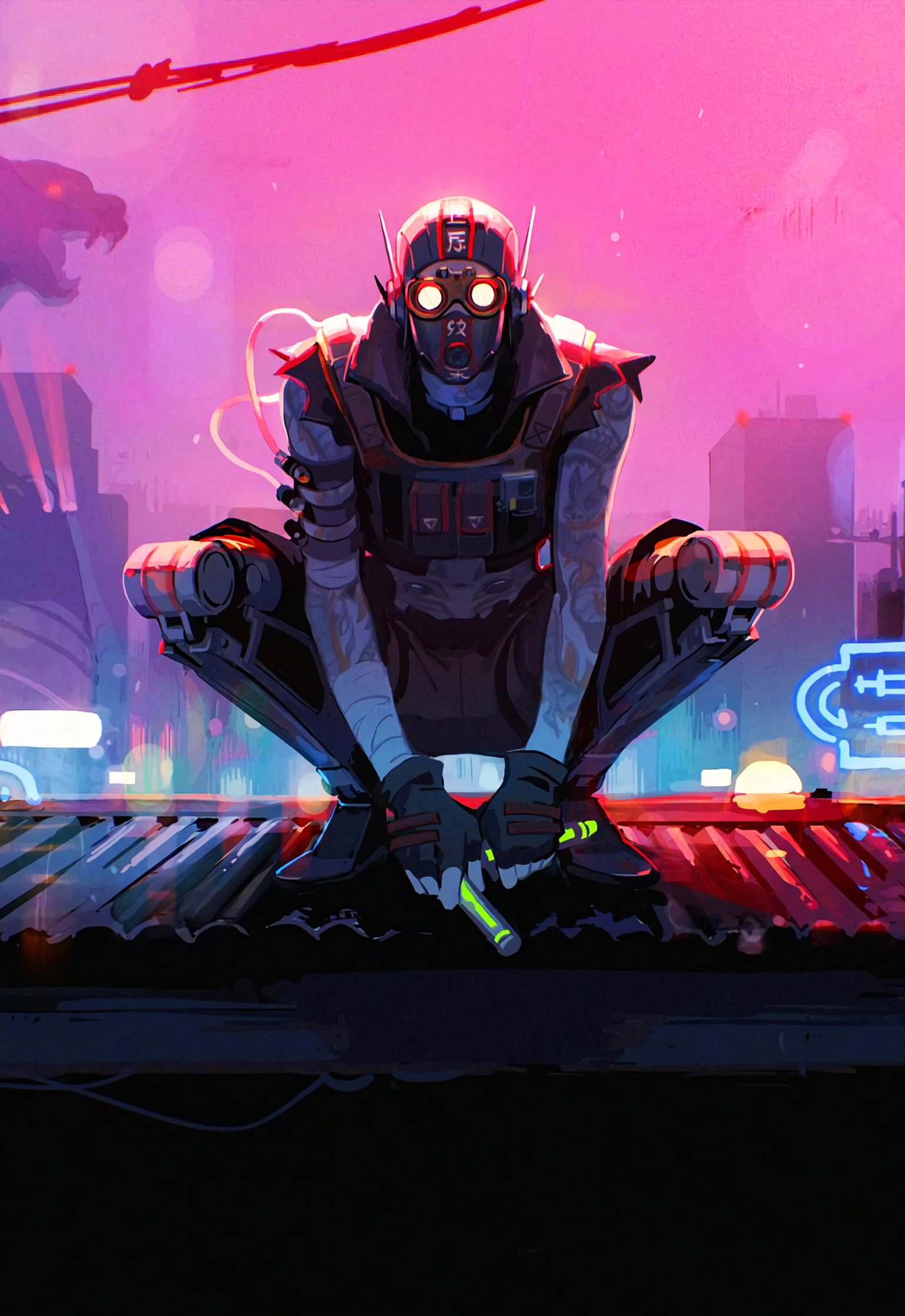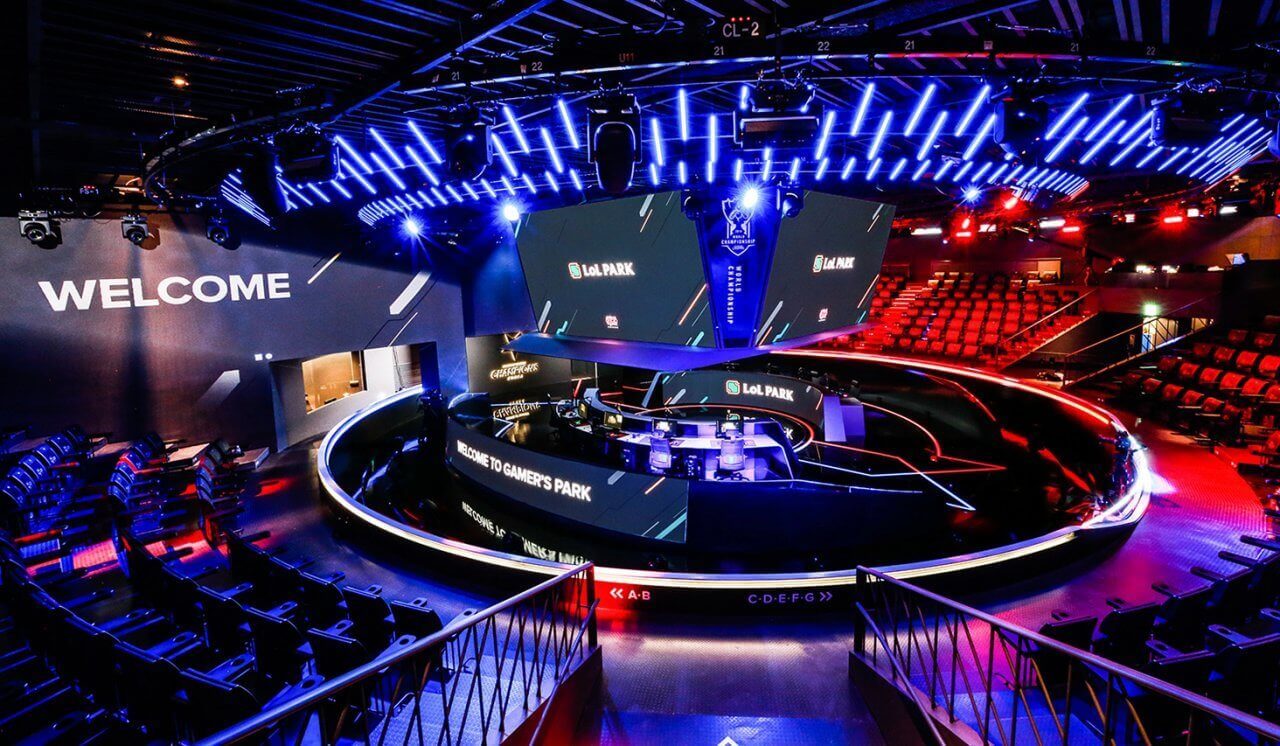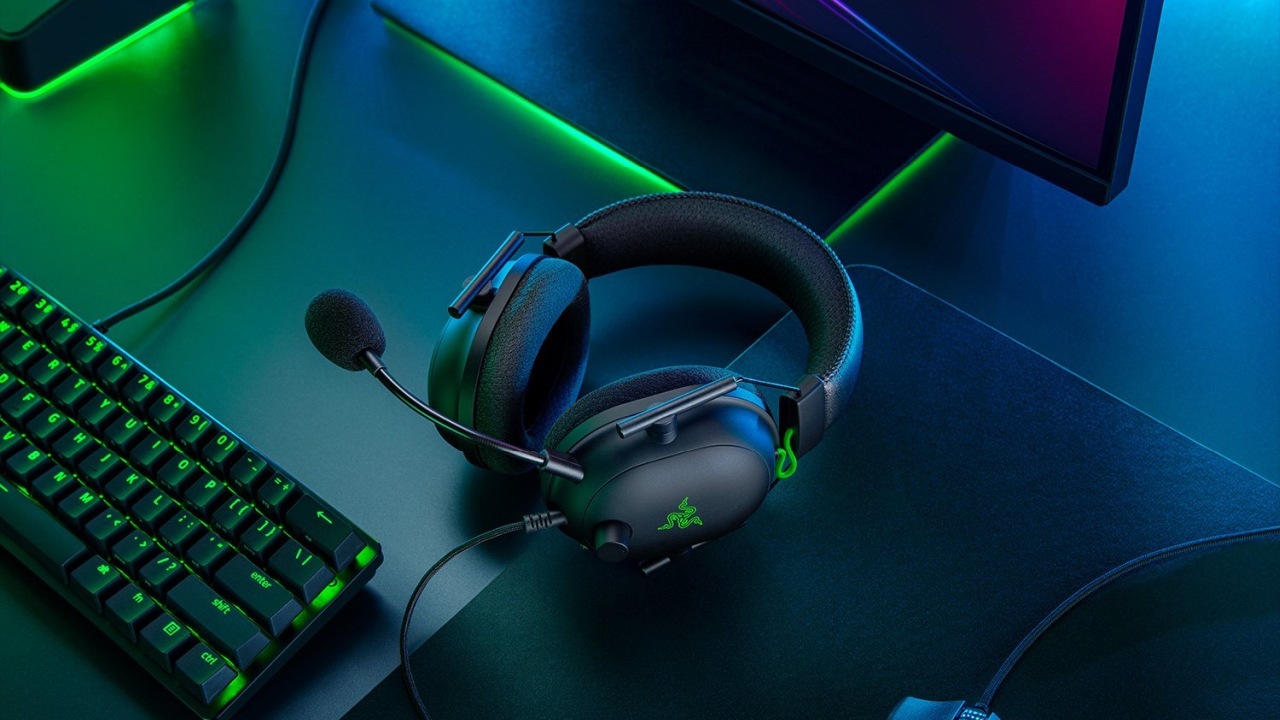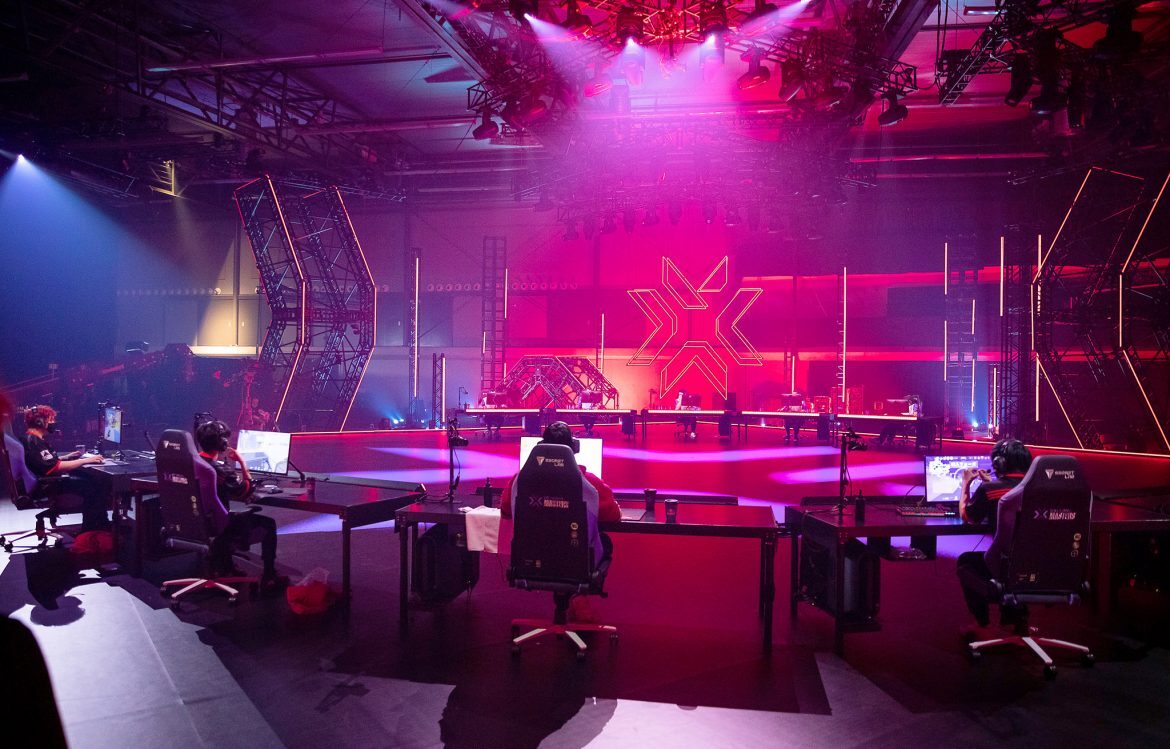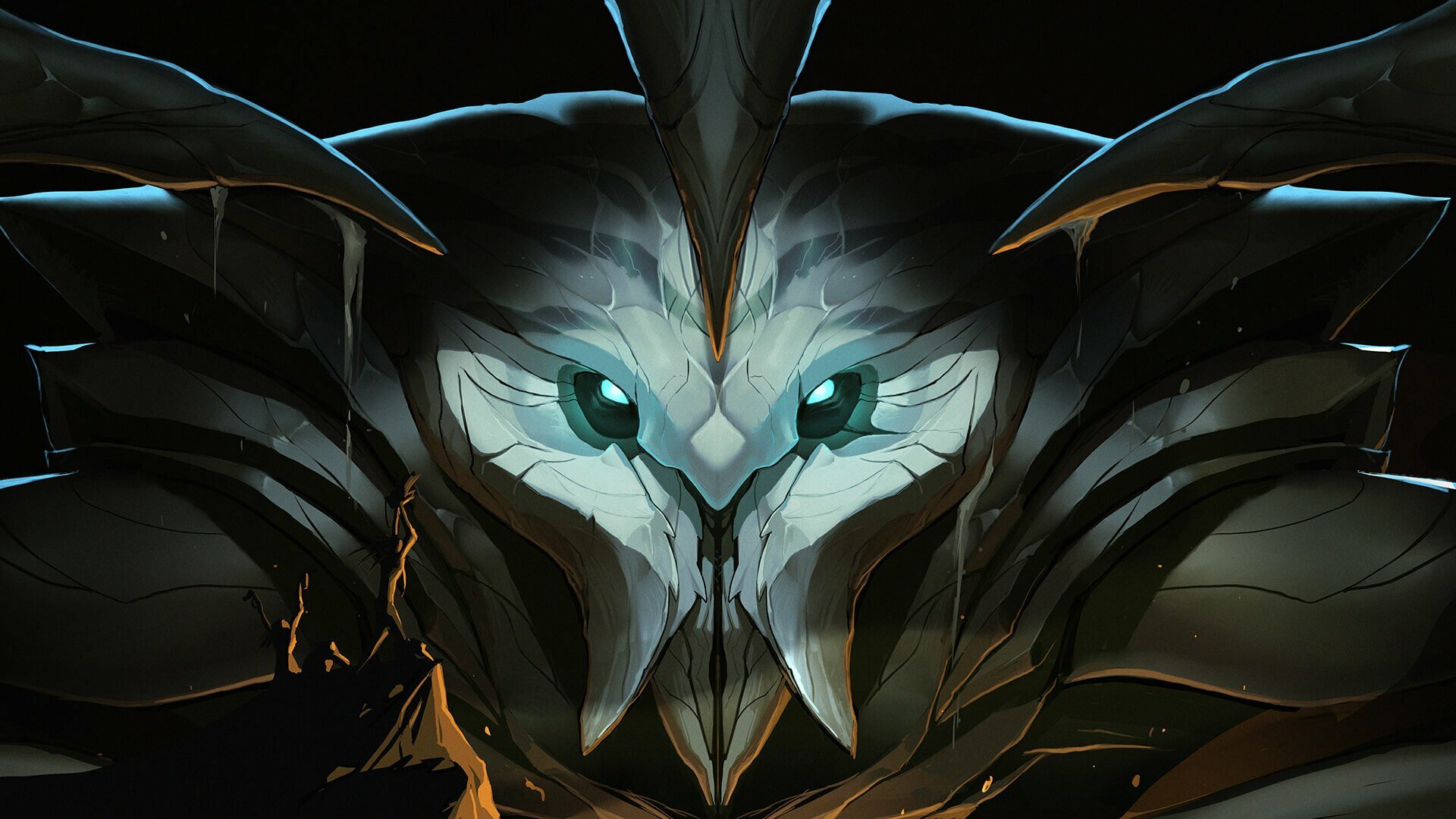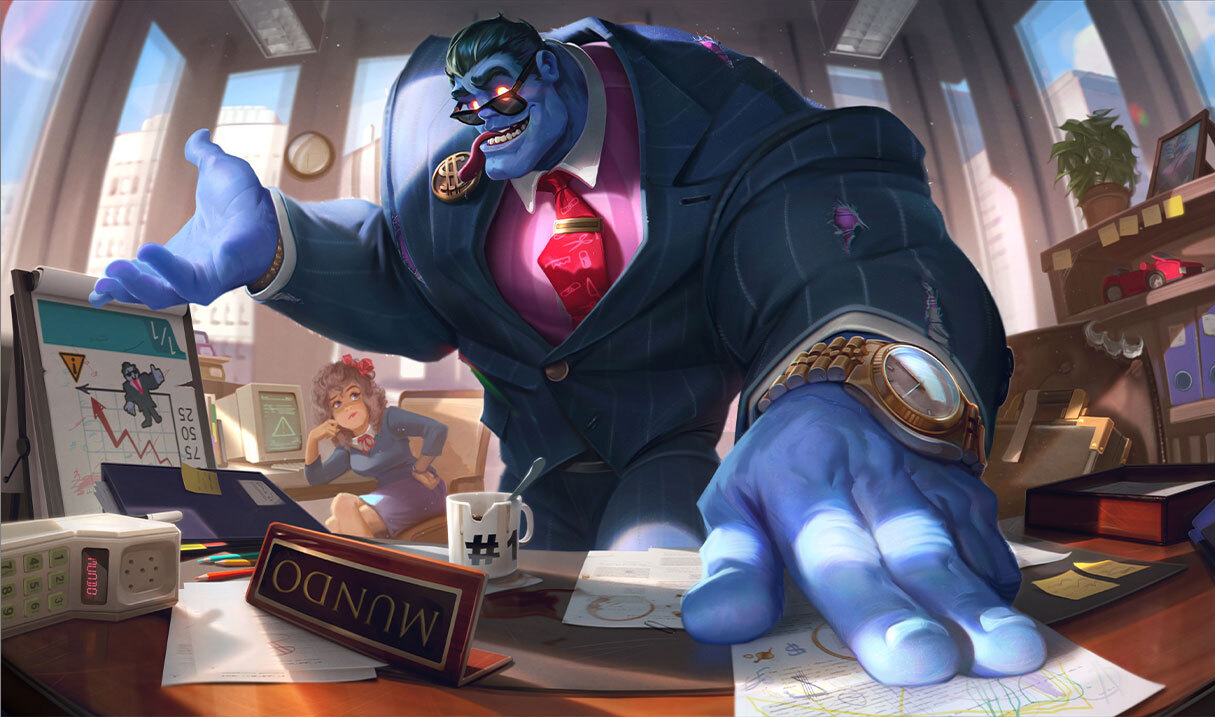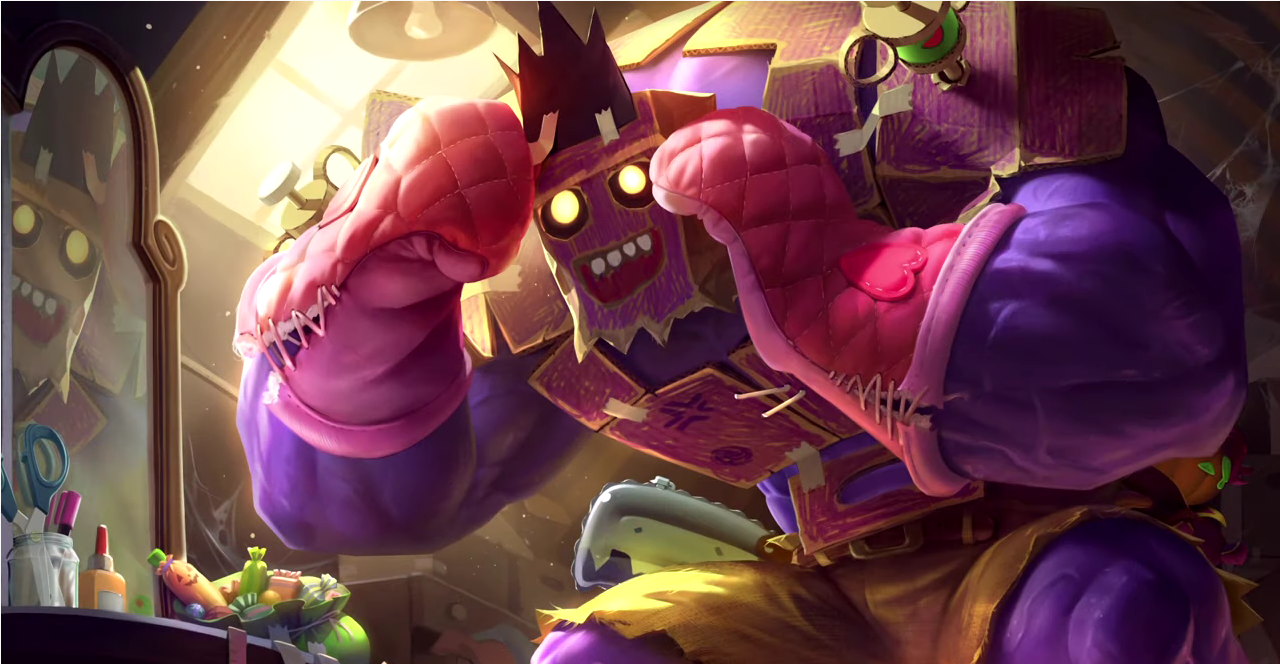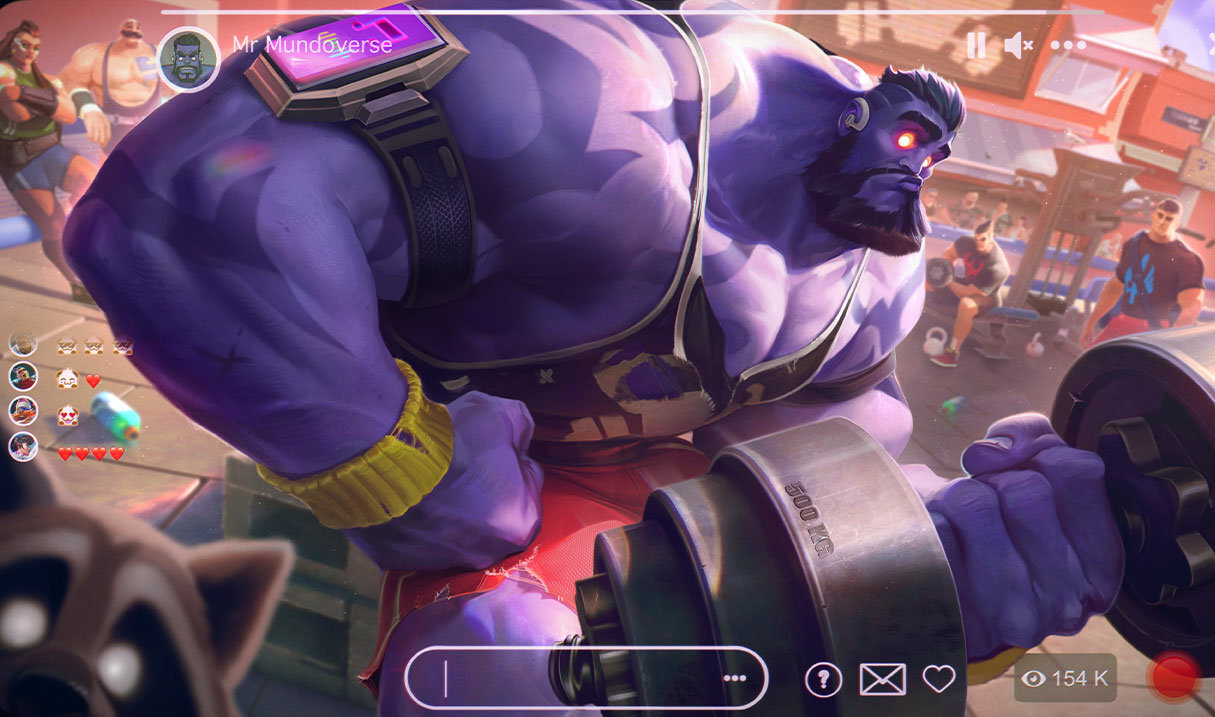Visual and Gameplay Updates for older League of Legends champions take a very long time and are extremely costly. There is also always a chance that the VGU won't land well with the established player base, meaning there are also high risks involved with these updates.
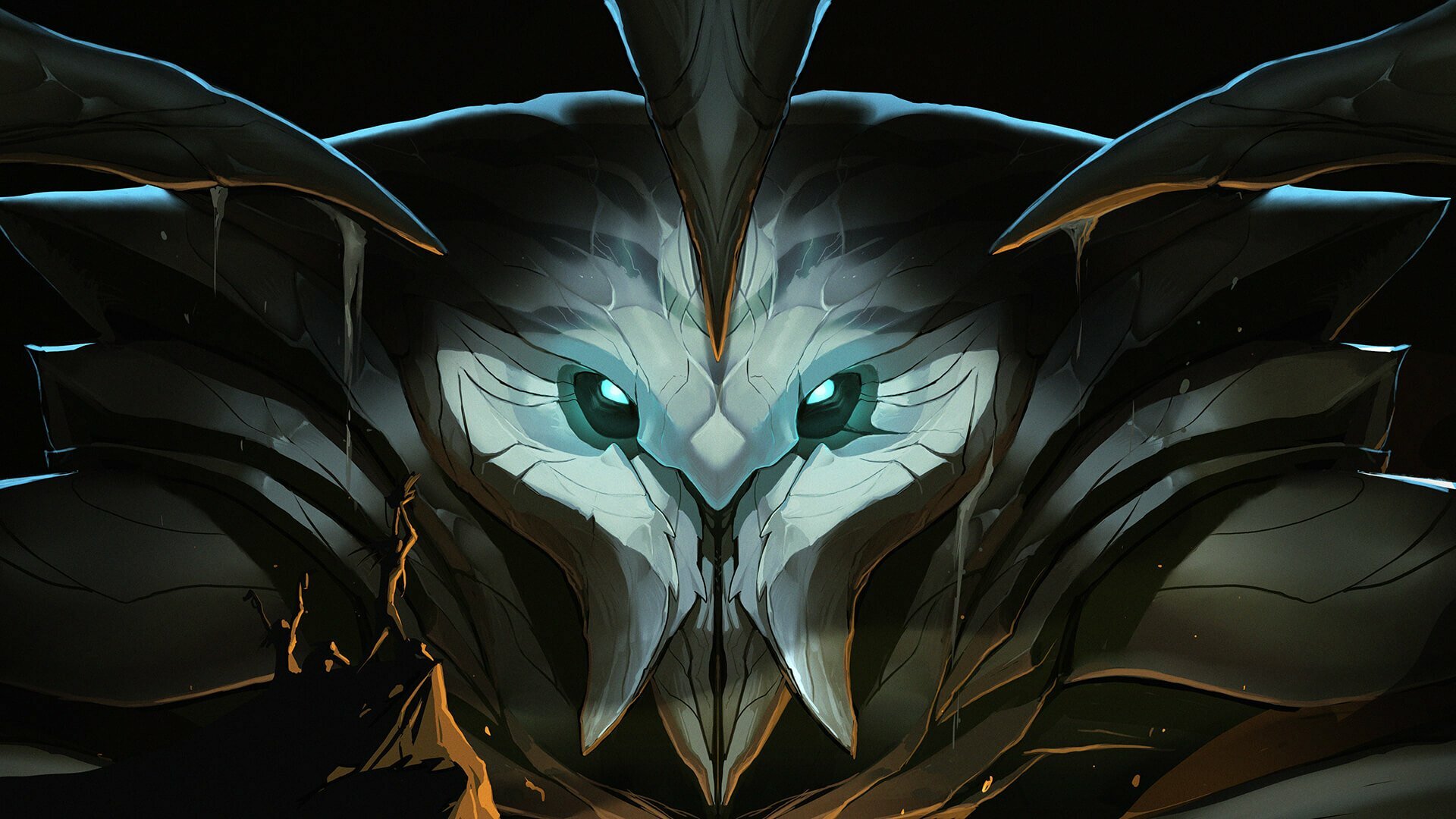
In 2018, Riot managed to push out 5 Visual and Gameplay Updates (VGU), while in 2023 the team shifted their focus away from these large-scale updates and decided to focus on smaller mid-scope updates.
In 2022, Udyr had his VGU go live, while Skarner has been waiting since early 2022 for his update, and it's only going to release in early 2024, meaning it took the team 2 years to complete.
What makes these updates so intense though, and how come it takes so long to push them out for Riot?
LoL: VGUs Take An Extremely Long Time

With League of Legends being over 10 years old and nearing the 15-year mark even, it's safe to say that there are some champions that are extremely outdated. For those champions, Riot usually offers different types of updates, depending on what needs to be fixed.
For champions like Lee Sin and Teemo, who still have interesting kits that fit into the niche they bring with them, a mere Art and Sustainability Update (ASU) is an option, which freshens up the model and ability icons, as well as older splash arts for the champions.
On the other hand, there are some champions whose whole fantasy doesn't match, their lore isn't interesting, and their models are outdated. Those are the champions Riot has to pay special attention to, and they're the ones who receive VGUs. Skarner is the most recent recipient, and his VGU is taking rougly 2 years to complete.
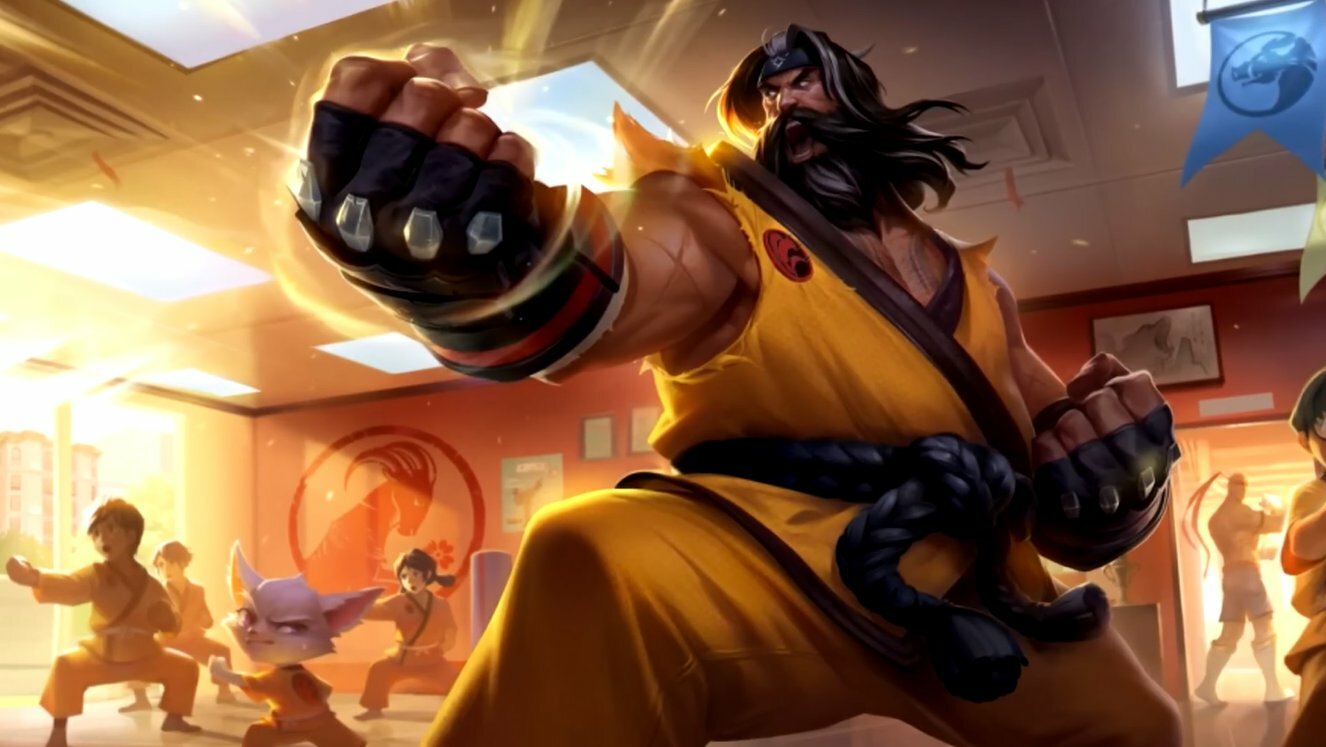
But, why do these updates take so long? Recently Alexia 'Lexical' Gao, Lead Champion Producer on League of Legends has given some insights into the VGU process and why it takes the team so long for them to come out.
She explained that a lot of champion mains don't actually want any changes to their main champion and that most of the time "players want a champion that they 'potentially' want to play". Therefore, with ability updates, often some of the OG mains will stop playing their favorite champion due to the changes.
Not only that, but it is difficult to fit some of the older champions into the current League of Legends sphere without turning them into completely new champions altogether.
Some of the oldest and crustiest champions are also some of the toughest to find a way to fit into modern roster in a way that has considerations for who they were (sometimes good and sometimes really big baggage). We do need to adhere to some basic rules (we cannot change Skarner to a humanoid).
The amount of skins also play a huge role in the VGU process, with the updates to them taking a long time to perfect. Riot Lexical explained that the champions team is "very good at creating new things and not necessarily working at scale/making multiple skins at a time."
All this work takes about three times as long as making a new champion, and Riot have explained on multiple occasions that new champions garner much more attention from the community than a reworked champion. So there is a much higher return of investment with new champions than updates, sadly.
But this won't mean that Riot isn't going to continue with champion reworks, they will keep happening to make sure that every champion has their place on Summoner's Rift.
